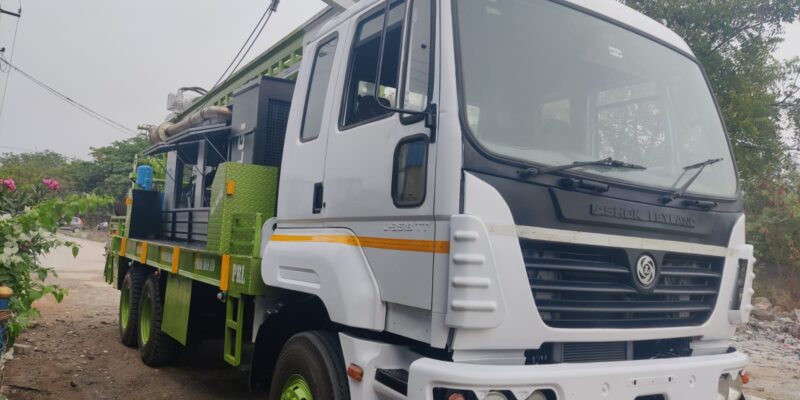
A vital aspect of oil and gas exploration and extraction are offshore drilling rigs, which provide the world an enormous amount of deposits that are hidden beneath the ocean’s surface. The importance of deep-water exploration has grown indeed as the world’s energy need rises. This piece of blog will examine the difficulties associated with offshore drilling and the creative ways in which the sector has opted to address them.
- The challenge of deep-water exploration
Deepwater offshore drilling has distinct obstacles in contrast to its shallow-water counterpart. The associated depths may exceed thousands of meters, presenting logistical, environmental, and technological difficulties. These difficulties include severe weather patterns, very high and low pressures, and the requirement for cutting-edge tools and technologies.
- Advanced rig designs
The industry has created cutting-edge blast drill rig designs especially for offshore operations to address the difficulties of deep-water exploration. These setups are outfitted with cutting-edge technology and unique parts to survive the challenging underwater environment and function well at extremely low depths.
- Floating production platforms
Floating production platforms are one cutting-edge technique used in deep-water drilling. These platforms are available in several configurations, such as drillship, spar, and semisubmersible platforms. They enable exploration of far-off offshore areas and deep-water deposits by offering an adequate basis for drilling operations while floating on the surface. Strict safety precautions are taken by rig operators, such as thorough training plans, security regulations, and emergency response plans. In deep-water drilling operations, advanced safety measures such as automated controls, safety barriers, and redundant systems improve the protection of people and property.
- Subsea technology
Deep-water drilling is made possible hundreds of meters below the ocean’s surface thanks in large part to submarine technology. Oil and gas may be extracted from beneath the seabed through subsea systems, which are made up of underwater machinery including wellheads, pipelines, and control systems. In deepwater operations, advanced subsea technology enhances performance in terms of efficiency, safety, and the environment.
- Remote monitoring and control
Deepwater offshore drilling activities need the use of remote monitoring and control systems. These systems allow for onshore or distant sites to monitor environmental variables, well truthfulness, and rig performance in real time. Remote monitoring improves safety, efficiency, and decision-making in deep-water drilling operations by giving quick access to data and insights. The importance of deep-water exploration has grown indeed as the world’s energy need rises. This piece of blog will examine the difficulties associated with offshore drilling and the creative ways in which the sector has opted to address them.
- Environmental considerations
Sustainability and the effects on the environment must be carefully considered while conducting offshore drilling in deep waters. Operators of blast hole rigs are required to follow strict regulations and take precautions against spills, leaks, and contamination. Deep-water drilling has environmental dangers that are lessened by the use of cutting-edge technologies which includes environmental monitoring instruments, spill response systems, and blowout preventers.
- Enhanced safety measures
In offshore drilling, safety is of the utmost importance, especially in deep seas where hazards are higher. Strict safety precautions are taken by rig operators, such as thorough training plans, security regulations, and emergency response plans. In deep-water drilling operations, advanced safety measures such as automated controls, safety barriers, and redundant systems improve the protection of people and property.
- Future trends and developments
Looking ahead, there is still room for more developments and improvements in offshore drilling in deep waters. Artificial intelligence, robotics, and autonomous systems are examples of emerging technologies that have the potential to completely transform deep-water exploration and production. Furthermore, continuous R&D endeavors concentrate on enhancing effectiveness, diminishing expenses, and mitigating ecological ramifications in offshore drilling activities.
Conclusion
In order to access the enormous energy reserves buried beneath the ocean’s surface, offshore drilling rigs are essential. The sector keeps pushing the frontiers of deep-water exploration using cutting-edge technology, creative ideas, and strict safety protocols. Future economic development and sustainable energy production are made possible by offshore drilling rig technologies, which take advantage of possibilities and overcome obstacles. The importance of deep-water exploration has grown indeed as the world’s energy need rises. This piece of blog will examine the difficulties associated with offshore drilling and the creative ways in which the sector has opted to address them.










